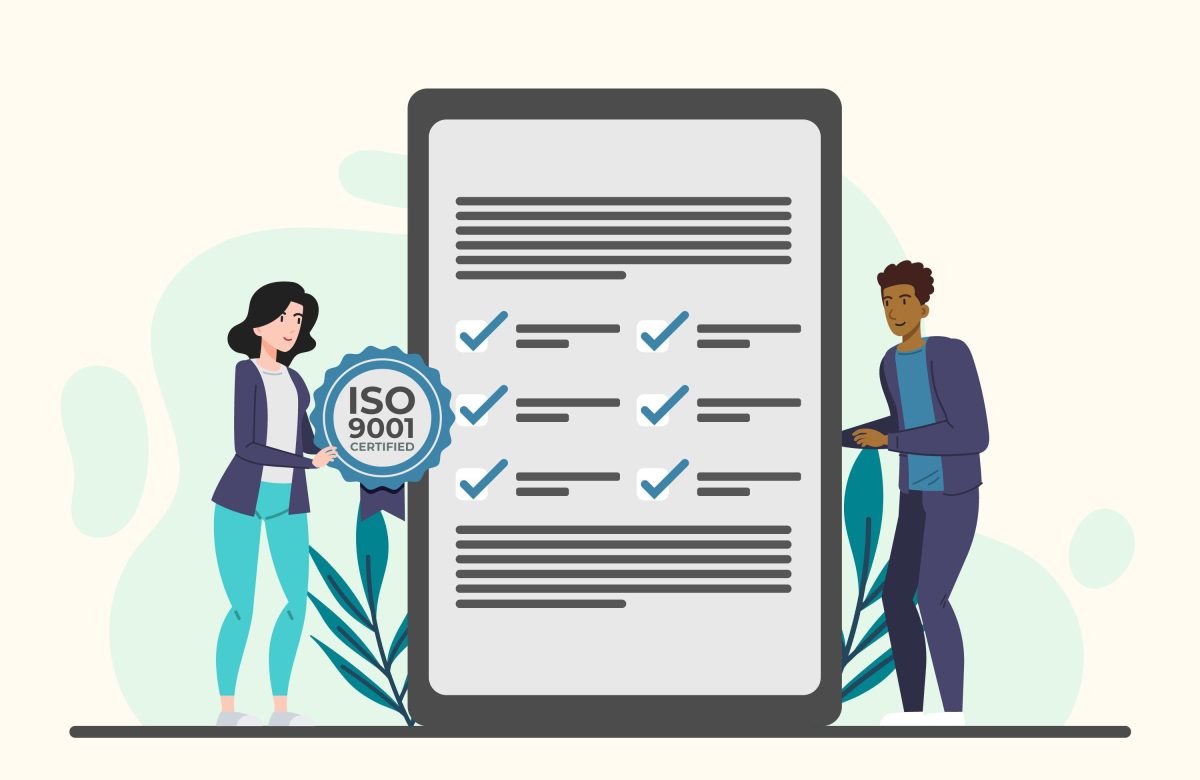How to create an effective employee recognition strategy

Employee recognition is a cornerstone of building a motivated, engaged, and productive workforce. A thoughtfully designed employee recognition strategy not only acknowledges the efforts and contributions of your team but also creates a culture of appreciation and positivity within your organization. By recognizing and celebrating achievements, you empower employees, boost morale, and foster a sense of belonging. In this comprehensive guide, we’ll delve into the essential steps to creating an effective employee recognition strategy that not only enhances job satisfaction but also drives overall organizational success.
Understanding the Power of Employee Recognition
Employee recognition goes beyond mere gestures; it’s about valuing and appreciating the dedicated efforts of your workforce. When employees feel recognized and appreciated, they are more likely to remain engaged, loyal, and motivated to exceed expectations.
Key Steps to Creating an Effective Employee Recognition Strategy
- Define Clear Objectives
Begin by setting clear objectives for your employee recognition strategy. Are you aiming to increase employee satisfaction, improve retention rates, boost team collaboration, or enhance overall organizational culture? Defining objectives provides direction for your strategy.
- Align with Company Values
Ensure that your recognition strategy aligns with your company’s core values and culture. Recognition efforts should reinforce behaviors and attitudes that contribute to your organization’s success.
- Understand Employee Preferences
Gather insights into how your employees prefer to be recognized. Some may value public recognition, while others prefer private acknowledgments. Tailor your approach to cater to individual preferences.
- Offer Various Recognition Types
Develop a range of recognition types to suit different employee preferences. This can include verbal praise, written thank-you notes, awards, certificates, peer-to-peer recognition, team celebrations, and more.
- Establish Criteria for Recognition
Clearly define the criteria for recognition to ensure fairness and transparency. Employees should understand what behaviors, accomplishments, or contributions are eligible for recognition.
- Implement Regular Recognition
Incorporate ongoing, regular recognition as part of your strategy. Consistent recognition reinforces positive behaviors and creates an environment of appreciation.
- Utilize Technology
Leverage technology to facilitate and streamline your employee recognition efforts. Use platforms that enable managers and peers to easily send virtual recognition messages or nominate employees for awards.
- Encourage Peer Recognition
Empower employees to recognize their peers for exceptional efforts. Peer recognition promotes a collaborative culture and fosters a sense of camaraderie.
- Implement Rewards and Incentives
Consider introducing rewards and incentives as part of your recognition strategy. These could include monetary bonuses, gift cards, extra time off, or other meaningful perks.
- Promote Recognition Communication
Create a communication plan to promote recognition efforts. Use internal communication channels such as newsletters, intranet platforms, and team meetings to share success stories.
- Measure and Evaluate
Implement metrics to measure the impact of your employee recognition strategy. Track metrics like employee engagement, retention rates, and overall job satisfaction to assess its effectiveness.
Best Practices for Creating an Effective Employee Recognition Strategy
- Sincerity: Ensure that your recognition efforts are sincere and genuine. Authentic appreciation fosters trust and strengthens employee-manager relationships.
- Inclusivity: Ensure that recognition is inclusive and unbiased. All employees, regardless of role or tenure, should have equal opportunities for recognition.
- Timeliness: Provide recognition promptly after accomplishments or behaviors you’re acknowledging. Timely recognition enhances its impact and relevance.
- Consistency: Maintain consistent branding and messaging throughout your recognition efforts. Consistency reinforces your organization’s values and identity.
- Transparency: Be transparent about how recognition decisions are made and the criteria for receiving recognition. Transparency enhances the credibility of your strategy.
- Alignment with Goals: Link recognition to specific goals and objectives, both at the individual and team levels. Aligning recognition with accomplishments reinforces desired behaviors.
- Continuous Feedback: Establish channels for employees to provide feedback about the recognition process. Their input can lead to improvements and refinements.
Conclusion
Creating an effective employee recognition strategy is a testament to your organization’s commitment to its workforce’s well-being and growth. By defining objectives, aligning with company values, understanding employee preferences, offering diverse recognition types, establishing criteria, implementing regular recognition, utilizing technology, encouraging peer recognition, implementing rewards, promoting communication, measuring and evaluating, and following best practices, you can develop a strategy that not only acknowledges accomplishments but also nurtures a positive and motivated work environment. Employee recognition is a catalyst for job satisfaction, engagement, and loyalty—a key factor in attracting and retaining top talent. In a competitive job market where employee experience matters more than ever, a well-crafted employee recognition strategy stands as a cornerstone of success, fostering a culture of appreciation that propels your organization toward sustained excellence.




